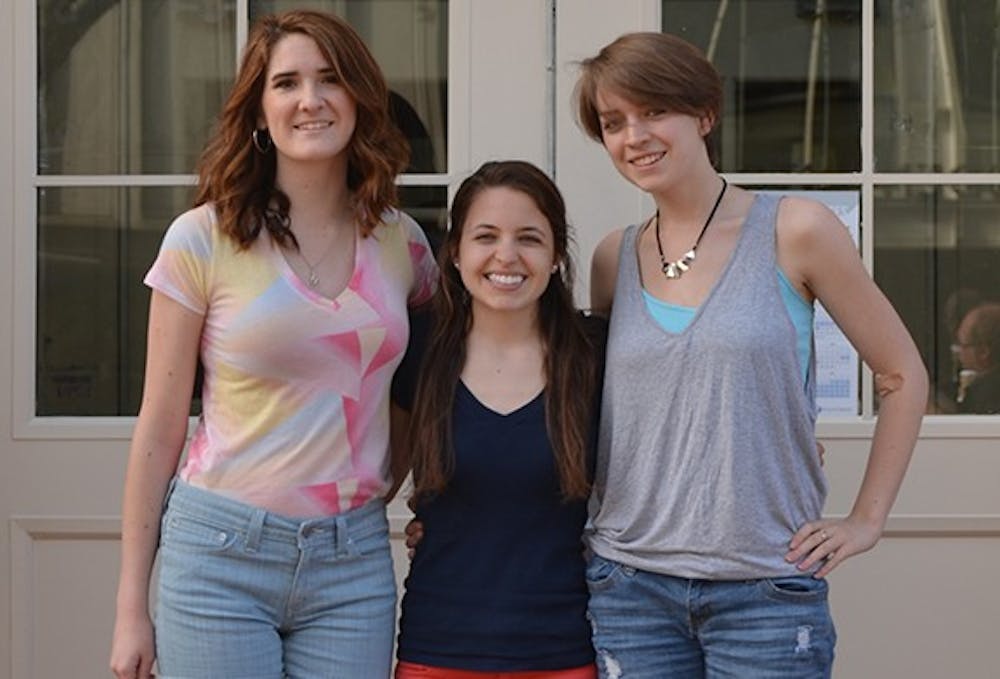This semester, interns determined 26 percent of the food served in Lenoir and Rams Head Dining Halls is “real food,” as part of the UNC Real Food Calculator’s first year-round assessment.
Every fall for the last four years, the Real Food Calculator interns track all Carolina Dining Services purchases for a month and then assess the percentage that meet the criteria for “real food:” local and community-based, fair, humane and ecologically sound.
This year’s interns — Jessica Robinson , Alexandria Huber and Jill Tillett — will present their results on May 5.
The calculator was developed in 2010 by student group Fair, Local, Organic Food to help quantify how well the dining halls meet their food sustainability goals. The criteria are based on the Real Food Challenge , a national campaign to move university meals away from industrial and processed products.
In fall 2010, only 13 percent of the food met at least one qualification. The next year, the Real Food Calculator surpassed 20 percent.
The interns received invoices from CDS at the end of February, and finished inputting and researching the data last Wednesday.
During former Chancellor Holden Thorp’s tenure, RFC launched a campaign to get him and CDS to sign off on the Real Food Challenge. Though he did not sign the initiative, CDS and RFC have moved forward successfully using only the calculator.
“To some degree, we feel that (the Real Food Challenge) is obsolete, because we had FLO,” Tillett said. “We feel that’s our food group on this campus that influences the dining hall purchases anyway.”



